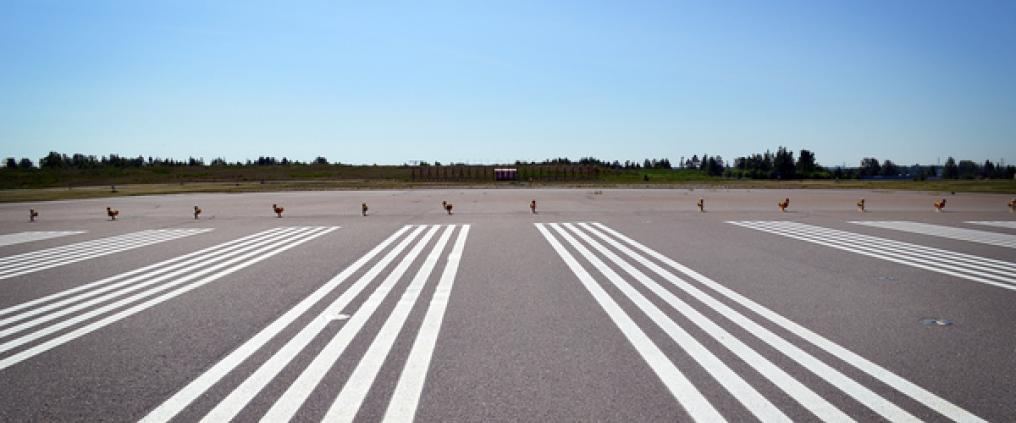There are three runways at Helsinki Airport. They can be used simultaneously, for example so that one plane is taking off from one runway, and another plane is landing on another. It is also possible to take off from two runways at the same time, while one is left for landing – or vice versa. There are 25 different combinations for their simultaneous use.
Safety first
The choice of runways is affected by three factors: safety, the amount of traffic and noise.
Wind is the first factor to consider, as it is safest for an aircraft to take off and land upwind. Crosswind must also be taken into account, especially in winter weather.
“When the runway is slippery from ice and snow, there should be virtually no crosswind,” says Karri Hannula, Director of Area Traffic Control Centre Finland of ANS Finland.
When selecting the runways, air traffic control analyses the weather forecast sent from the Finnish Meteorological Institute as well as the prevailing weather conditions and makes a plan accordingly. The weather forecast has been compiled in a chart, where the usability of each runway is colour coded: green stands for a runway that can be used, yellow signifies an uncertain situation, and a runway which has been coded red cannot be used under the prevailing wind conditions.
Traffic and noise influence the choice
The amount of air traffic must be taken into consideration, so that airlines can be provided with the best possible service. If 70 planes per hour can be expected, air traffic control chooses a different combination than when only ten flights per hour are supposed to land.
The air traffic control must also consider its neighbours, which means cutting back as much noise as possible. The aim is to use the runways in a way that minimises the noise from aircraft which might disturb residents. Especially after nine in the evening, runways with fewer neighbours are preferred.
Changing winds are most challenging
The most useable runway is chosen by the shift supervisor of air traffic control. The supervisor considers weather and traffic forecasts as well as noise.
“The most difficult situations occur when a thunderstorm front moves over the airport, and the wind direction turns 360 degrees in half an hour. If the runway which is used for landing must be changed during rush hour, it takes at least twenty minutes to make the change. And if the wind direction has then changed again, we have to change runways all over again,” Hannula describes.
A heavy fog also causes disruption.
“When we can’t see from the air traffic control tower to the runway, we aim at finding a combination of runways that allows taxiing planes not to cross the runway which is used for landing.”
The pilot is informed well in advance
The use of runways during the busiest hours of the day is planned twice a day at Helsinki Airport. A plan of how the runways are used until 10 a.m. is made before 6 a.m. Runway maintenance is planned at the same time. The combination of runways for the afternoon rush hour is decided on before 11 a.m.
So, when and how do pilots find out which runway they will use for take-off or landing?
The pilot of a plane that is about to take off is informed about the available runways through the automatic airport announcement service once they have entered the cockpit. On the other hand, a plane approaching Helsinki Airport mid-air listens to or prints out a similar notification no later than half an hour before landing. The pilot is notified about the final choice of runway directly by air traffic control.
This video shows you how the runways are used at Helsinki Airport
Read more about differences between Helsinki-Vantaa and other airports' runways



